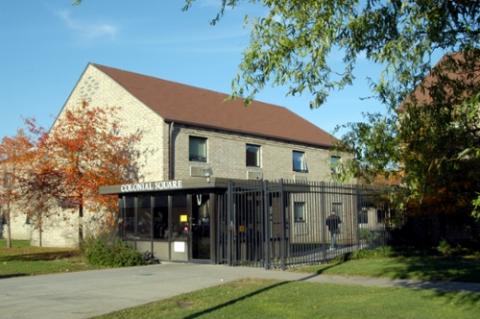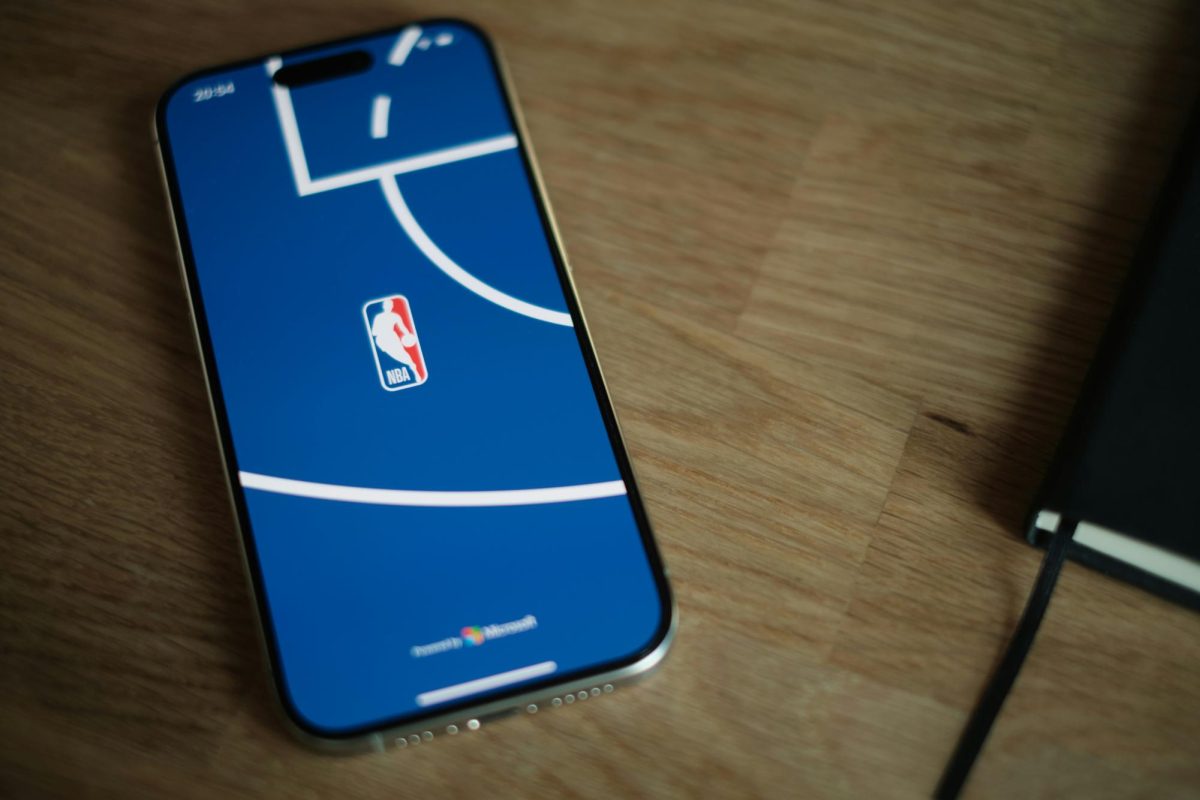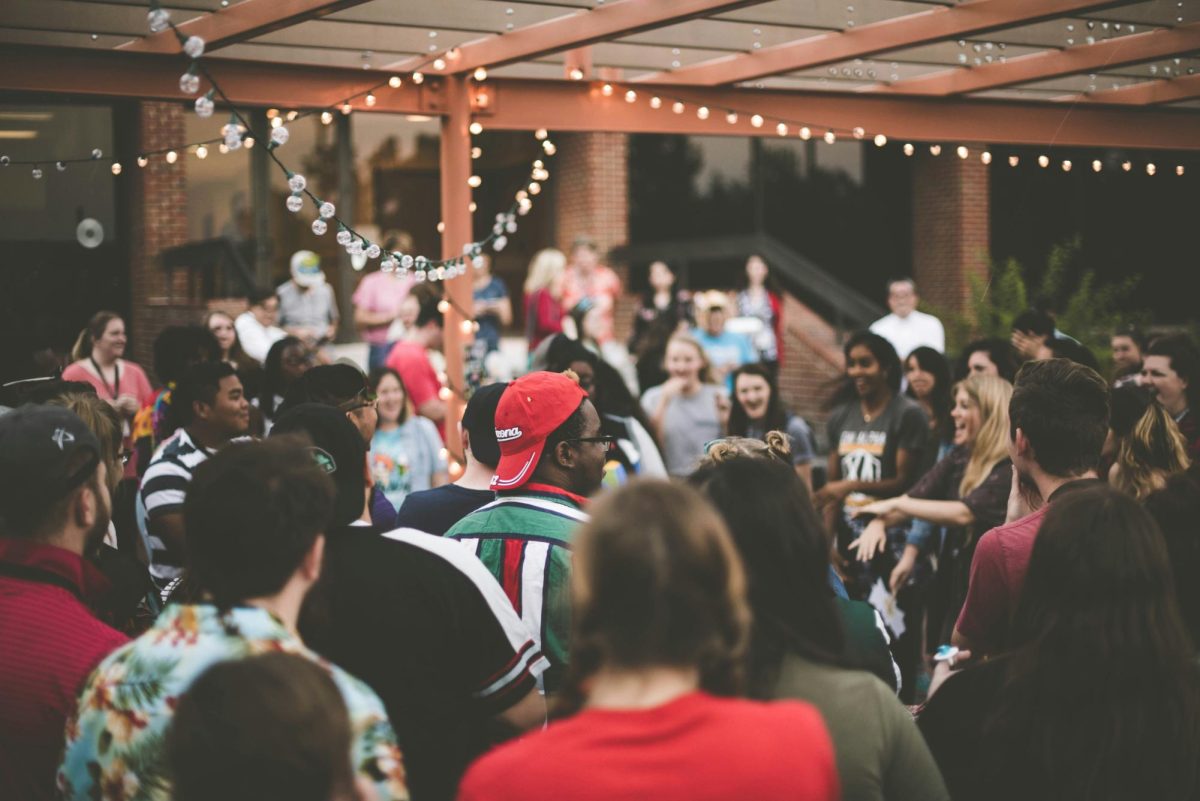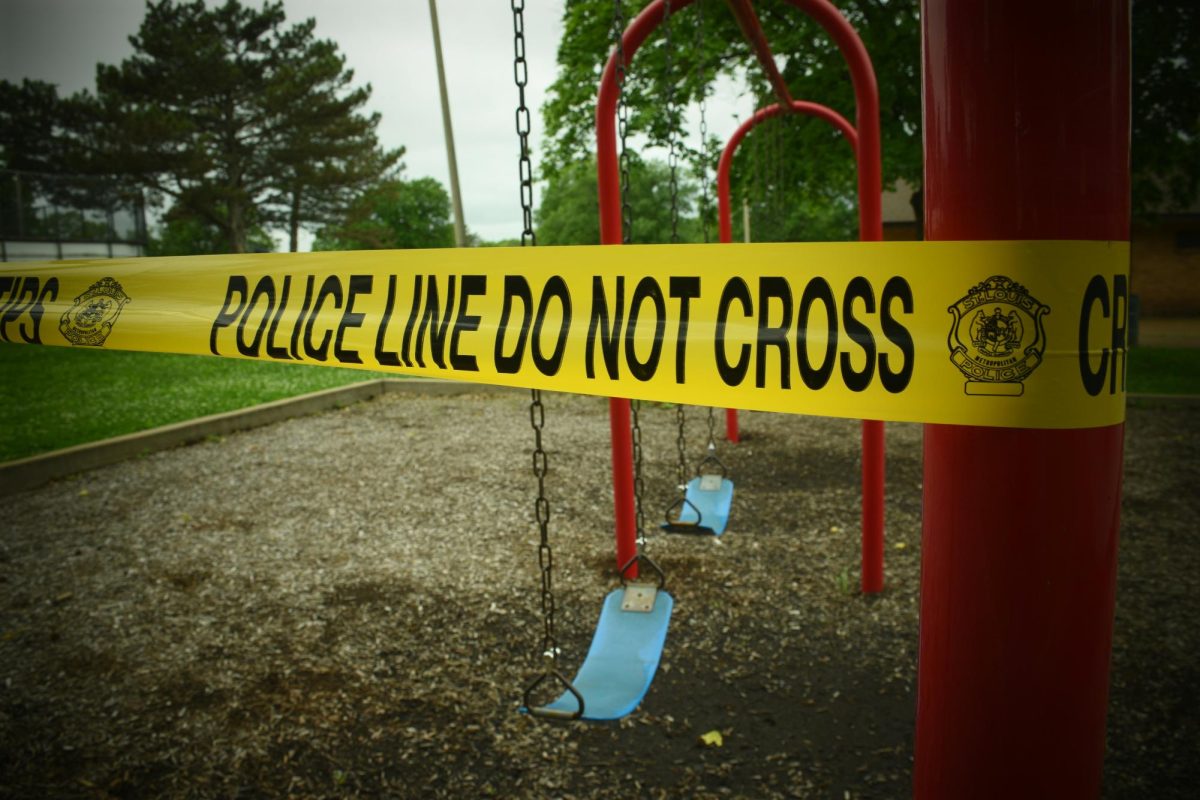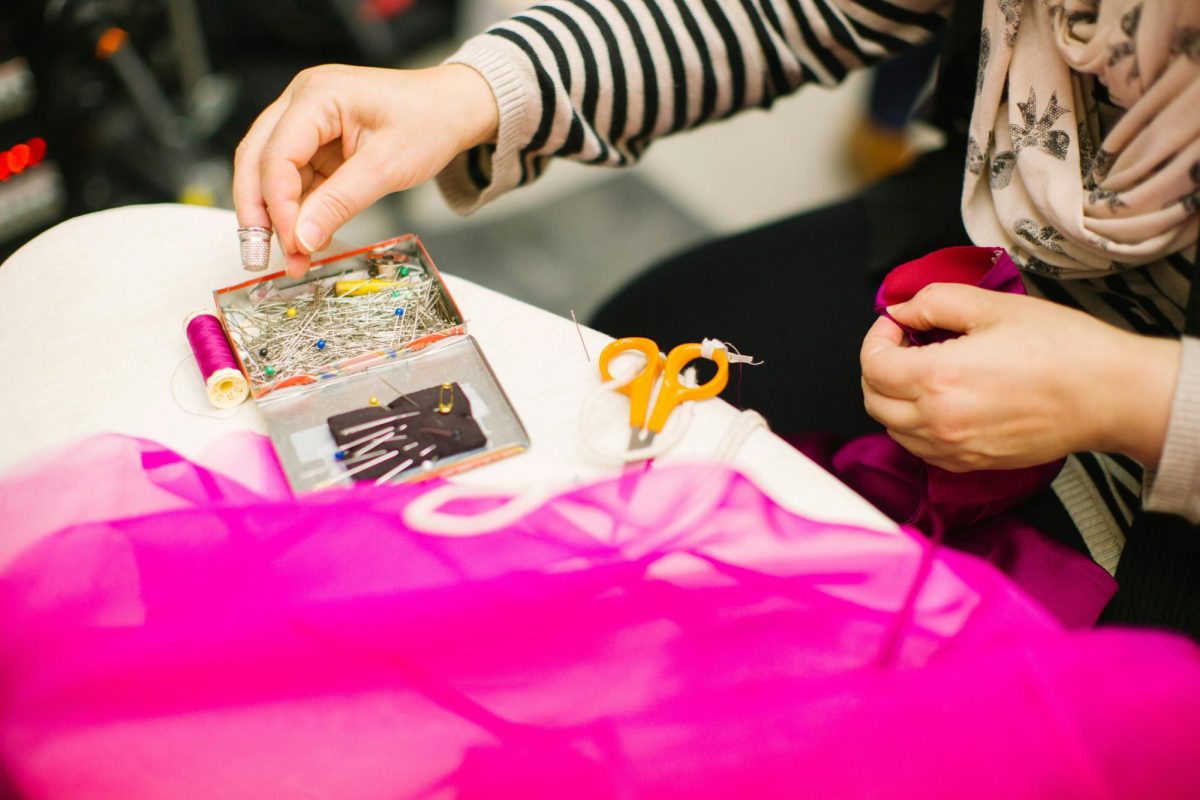In a recent interview with Posture Magazine, a queer-run publication based out of Brooklyn, New York, genderqueer activist and MSNBC Correspondent Jacob Tobia spoke on TLGBTQ+ visibility in media. “Do not equate visibility with power,” Tobia said. “Many visible people have very little power. And more often, invisible people have tons of power.”
Does more representation/visibility equate to better lives for those previously “invisible?” What does it mean to be visible, and how can minorities get helpful rather than harmful representation?
In discussing the merits of visibility and representation in 21st century consumerist media culture, it’s imperative to distinguish the multiple meanings of visibility and invisibility. When Tobia says power often lies with those who are invisible, they’re not referring to historically disenfranchised minorities but to men like Harvey Weinstein who control entire industries but have remained removed from the scrutiny of mainstream media until very recently under the auspices of movements like #MeToo.
Social scrutiny of the invisibly empowered warrants acclaim, but institutional pressures surrounding increasing visibility for the disempowered warrants skepticism.
In a 2015 manifesto entitled “Beyond Trans Visibility,” gender non-conforming performance artist and writer Alok Vaid-Menon enumerated five central points regarding the ahistorical and often violent effects of the push for greater minority representation.
“Invisibility is not the problem, transmisogyny is the problem,” they write. “Trans people are harassed precisely because we ARE visible. Mandating visibility increases violence against the most vulnerable among us. The same system that will require trans people to be visible will not give institutional support to us when we are harassed precisely because we are visible.”
Representation can often be beneficial however. For the most part, predominant progressive ideals propel representation as a prerequisite for community organizing. Anti-visibility is not anti-organizing/representation; representation can be and is often a central part of organizing. On campus, QTPOCC (Queer Trans People of Color Coalition) and sibling organizations like it empower through representation the voices of minorities inspiring dialogue and protest on a local level. On a more national level, the HuffPost has reported on the preventative powers of representation against symbolic annihilation, a sociological process in which minorities bereft of media representation effectively deem themselves marginal and therefore somehow unimportant (in reference to broader society).
But the problem surrounding the paradigm of TLGBTQ+ visibility in media still stands: does it harm more than it helps? In a 2015 article in The Guardian, Vaid-Menon notes that celebrity trans visibility hasn’t made it easier for them to exist as a nonbinary person in modern society. “At moments when I’m facing aggression or contempt from strangers, I recognize that putting trans celebrities on pedestals doesn’t translate into safety for those of us who are visibly gender nonconforming,” they write. Visibility and the representation concomitant has been adopted as somehow unanimously beneficial (exclusionary) missions without the nuanced approach necessary in connotatively violent sociopolitical interactions.
Vaid-Menon further questions the need for visibility in their manifesto by asking, “Why do we have to become visible in order to be taken seriously? Non-trans people will congratulate themselves for our visibility but will not mention how they are the ones responsible for erasing us in the first place.”
Tobia in their interview echoes Vaid-Menon’s ire at the ahistorical celebration of the visible minority. “I also feel like there’s a degree to which, whenever a queer person is the first to do anything, or is the darling of the moment, they’re always celebrated ahistorically,” they said. “I wish people would have a deeper sense of context when consuming queer media, because the hype is dangerous. It’s way easier to talk about the nonbinary community as a new trend. But it’s not new. This has literally been around forever in every culture in human history.”
Weighing whether the helpful aspects of visibility dominate the harmful ones is an impossible, although essential task. An easier inquiry might be to ask if visibility is faulty or not. And yes, it is. Representation is undoubtedly helpful when it’s done right, but even then, the path to helpful depictions of minorities is too often littered with harmful examples of stereotyping. Continuing to question the pros and cons of convention, even conventions with good intentions, lessens the possibility of violence in complicated issues involving multiple group identities.
The views and opinions expressed in the Editorial section are those of the authors of the articles. They are not an endorsement of the views of The Chronicle or its staff. The Chronicle does not discriminate based on the opinions of the authors. The Chronicle reserves the right to not publish any piece that does not meet our editorial standards.


